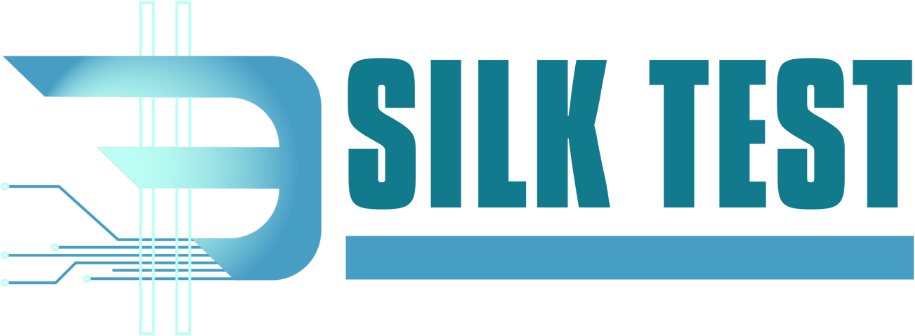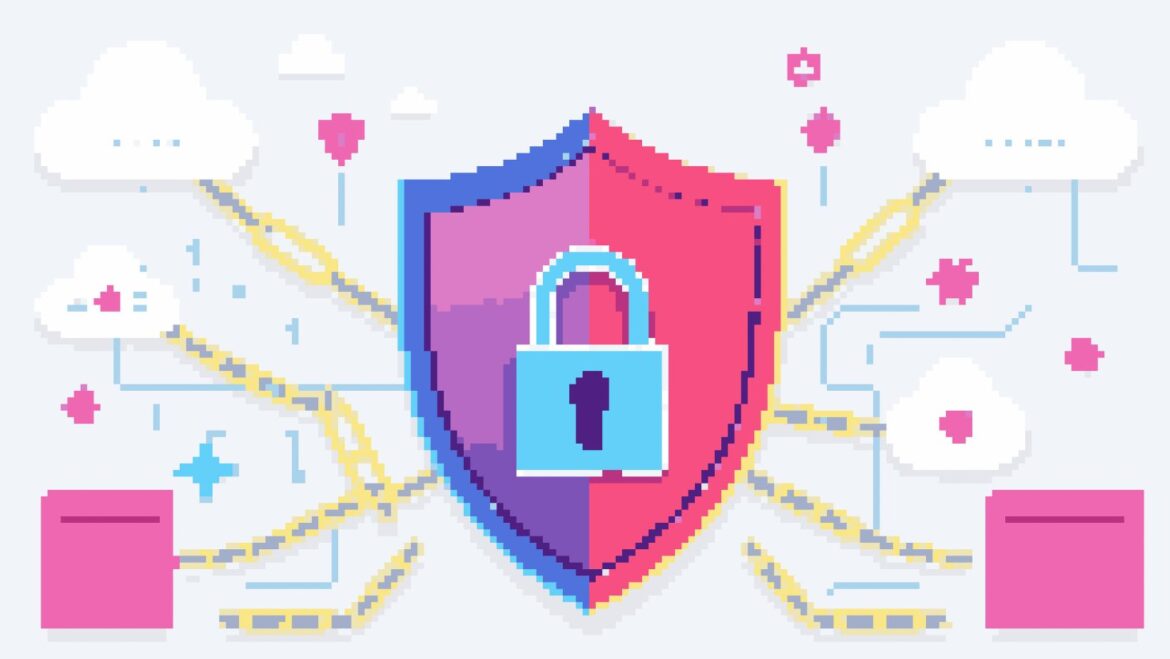As a leader, you’re constantly balancing the need for speed and innovation with the imperative to maintain control and security. The cloud is your engine for agility, but delegating access means entrusting powerful “keys” to your digital kingdom. This delegation carries significant risk. In fact, “through 2025, 99% of cloud security failures will be the customer’s fault” due to misconfigurations, mismanaged credentials, or insider theft. This isn’t a vendor problem; it’s a governance challenge you control.
Effective cloud delegation isn’t about rigid restrictions; it’s about establishing a smart, scalable governance framework that empowers teams securely. The consequences of mismanaged access are not just technical—they represent significant business risk. The challenge for modern leaders is to build a system that provides both freedom and guardrails. This requires more than just tools; it demands a cohesive strategy. Creating and managing a modern cloud governance framework is a continuous effort that ensures security and compliance are woven into your operations, not bolted on as an afterthought.
Key Takeaways
- The Principle of Least Privilege (PoLP) is the non-negotiable foundation for secure cloud access.
- Role-Based Access Control (RBAC) offers a scalable and manageable way to implement PoLP across your cloud environment.
- A strategic 5-step framework—from defining roles to automating monitoring—is essential for effective delegation.
- Cloud governance is an ongoing lifecycle, requiring continuous auditing, review, and adaptation to remain effective and compliant.
The Principle of Least Privilege: Your Governance North Star
The Principle of Least Privilege (PoLP) dictates that users and systems should only be granted the minimum access—or permissions—necessary to perform their specific job functions, and nothing more. In the cloud’s vast, interconnected environment, every permission is a key that carries potential risk. Over-privileged accounts are prime targets for attackers and magnify the impact of human error or compromised credentials.
Choosing Your Access Model: The Blueprints for Control
While PoLP is the guiding principle, access control models are the blueprints that put it into practice. These models translate your security policies into actionable permissions that your cloud platforms can enforce. For most organizations, one model stands out for its scalability and clarity.
RBAC (Role-Based Access Control)
As Microsoft states, “Role-based access controls (RBAC) help manage who has access to cloud resources by defining roles and associating them with the required permissions.” For example, a “Cloud Engineer” role might have permissions to deploy and manage virtual machines in a development environment but only read-only access to production logs. This prevents a sprawling mess of individual permissions and makes access management predictable and auditable.
Other Models to Know
- ABAC (Attribute-Based Access Control): A more dynamic, granular model where access decisions are made based on various attributes like a user’s department, project tag, time of day, or data sensitivity. It’s powerful but more complex, ideal for highly regulated or rapidly changing environments.
- IAM (Identity and Access Management): This is the overarching system that manages digital identities and controls their access across your entire digital footprint. IAM platforms are what you use to implement models like RBAC and ABAC effectively.
A 5-Step Framework for Effective Cloud Access Delegation
Designing and implementing a robust cloud access strategy requires a structured approach. That’s where an experienced Dallas cloud services provider helps—guiding organizations through secure configurations, continuous monitoring, and ongoing optimization. With expert support, your cloud environment operates reliably, scales efficiently, and adapts as your business evolves. It’s about making the cloud not just secure, but truly strategic to how your organization works.

This five-step framework provides a practical roadmap for leaders to follow.
1. Define and Document Roles Based on Business Functions
Start by collaborating with department heads and HR to map business responsibilities to specific cloud access needs. Avoid creating permissions on an ad-hoc basis. Instead, standardize roles like “Billing Administrator,” “Application Developer,” or “Security Auditor” that reflect clear job functions. This creates an auditable structure that aligns technical access with business accountability.
2. Implement Strong Identity Management and Authentication
Secure access begins with secure identity. Enforce Multi-Factor Authentication (MFA) for all users, especially those with privileged accounts. Establish strong password policies, prohibit shared accounts, and centralize your identity management by integrating with your enterprise directory. This protects against credential theft and provides a single source of truth for who is accessing your environment.
3. Enforce Just-in-Time (JIT) Privileged Access
Highly privileged “super user” accounts are high-value targets for attackers. Granting them permanent, standing access creates an unacceptable level of risk. The solution is Just-in-Time (JIT) access, where elevated permissions are granted only for a specific task, for a limited time, and with a full audit trail. This practice minimizes the window of opportunity for attackers and ensures that privileged actions are always intentional and temporary.
4. Leverage Cloud-Native Tools with a Unified Strategy
Major cloud providers offer sophisticated tools for managing access, such as AWS IAM, Azure AD/RBAC, and Google Cloud IAM. For instance, Google Cloud provides extensive best practices for securing service accounts, which are a common source of over-privileged access. The challenge in a multi-cloud world is consistency. Your goal should be to apply your organization’s overarching RBAC policies consistently across all platforms, creating a unified governance strategy.
5. Automate Monitoring and Alerting for Policy Violations
Manually checking access policies for compliance is unsustainable at scale. Automation is essential. Deploy solutions that continuously monitor your cloud configurations and access logs for deviations from defined policies. These systems can generate real-time alerts for events like a user gaining unauthorized permissions or an access policy being changed, enabling proactive threat detection without constant manual oversight.
The Governance Lifecycle: Auditing, Reviewing, and Adapting
Cloud governance is not a “set it and forget it” project. Your business needs and cloud environments are constantly evolving as user roles change, projects begin and end, and new resources are provisioned. Your framework must be a living, dynamic system.
Mandate periodic access reviews—typically quarterly or bi-annually—where managers must formally certify that their team members’ current access rights are still appropriate and necessary. This process helps eliminate “permission creep,” where users accumulate unnecessary access over time. Critically, you must also integrate cloud access revocation into your employee offboarding process. When an employee leaves, their access to all cloud systems must be automatically and immediately removed to prevent lingering security gaps. Finally, use your audit logs and security reports to identify patterns, detect vulnerabilities, and refine your roles and policies. This continuous feedback loop fuels continuous improvement.






